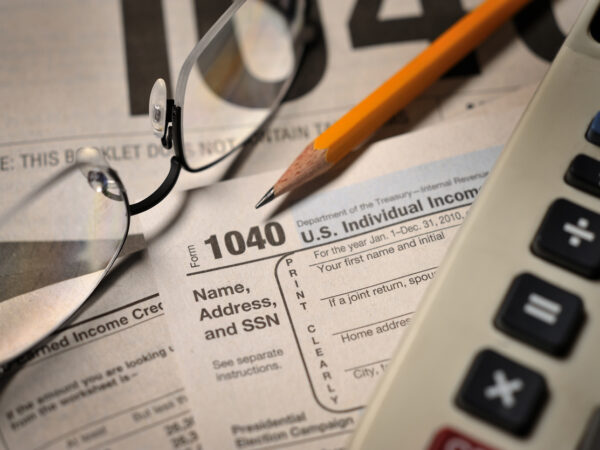If you’ve already shopped around for a mortgage, you’re probably aware there are many different options available. For example, you can get a mortgage that’s as short as 10 years or as long as 30 years.
The most popular loan terms, however, are 15 years and 30 years. And while the difference between them seems obvious, there are a number of factors to consider when deciding which is best.
Higher cost, or higher payment?
Many borrowers are attracted to 15-year fixed-rate loans because it enables them to pay off their mortgage and build equity in their home much faster. Equity is basically the value of your home minus your loan balance. Having equity in your home is a good thing if you plan to refinance your mortgage at a later date, either to remove private mortgage insurance or to take cash out of your home to pay for a major expense, like college tuition or home improvements.
Another good thing about 15-year loans is that the interest rate is usually much lower than the rate for 30-year loans. But the two biggest differences between 15-year and 30-year mortgages involve the monthly payments and overall loan costs. Even with a lower rate, payments on a 15-year loan are significantly higher than on a 30-year loan. However, you’ll pay less for a 15-year loan over time.
For example, let’s say you got a 30-year loan for $240,000 at a fixed rate of 3.5%. Not counting insurance and taxes, the monthly principal and interest (P&I) payment would be $1,077.71, and the total interest you’d pay over 30 years would be $147,974.61.
With a 15-year loan at a fixed rate of 2.5%, the monthly P&I payment would be $1,600.29 and the total interest would be $48,052.94. So, by paying an extra $522 a month, you’d save a total of $99,921.67.
Which is best for you?
Obviously, the 15-year loan is the better long-term deal. But the question is, can you afford the higher monthly payment?
When you apply for a loan, lenders take a close look at your debt-to-income ratio (or DTI) to see whether you can afford your monthly payments. Because a 15-year loan has a higher payment, it could increase your DTI to the point that you don’t qualify.
Another downside of having a higher payment is that it makes it more difficult to keep cash on hand for life’s emergencies. The lower payment on a 30-year loan can make it much easier to handle financial surprises and save for retirement.
If you’re turned off by the higher payment on a 15-year loan but still want to pay off your mortgage faster, there is another option. You can get a 30-year-loan and simply pay a little extra each month when you can afford it, which will ultimately shorten your loan term and the amount of interest you pay. However, you’ll first want to check with your lender to see if there are any penalties for doing so.
Of course, if a 15-year loan is impractical for you right now, you could get a 30-year loan and refinance to a 15-year loan when your income goes up or you’re in a better position to make the higher payments.
There is another positive to getting a 30-year mortgage, though. If you itemize tax deductions when filing taxes, you’re able to deduct the mortgage interest you pay on your home, which is higher on a 30-year loan. However, the deduction can only be made on interest paid on up to $750,000 of the loan principal.
At the end of the day, the right mortgage for you is the one that best meets your goals, whether that’s saving money over the long term or simply getting into the home of your dreams.
If you want to know more about the many loan options that are available, give one of our local loan experts a call at1-877-552-2242 or contact us at inquiries@rightbyyoumortgage.com.









